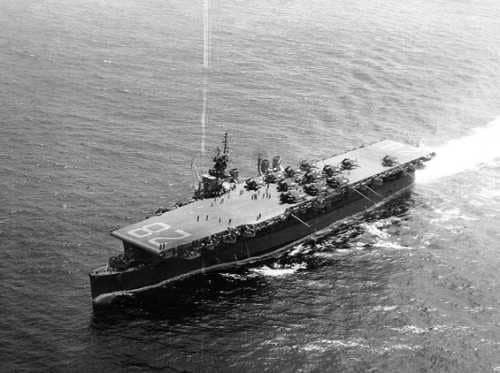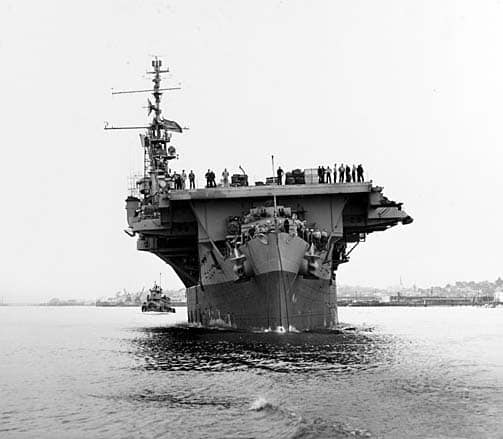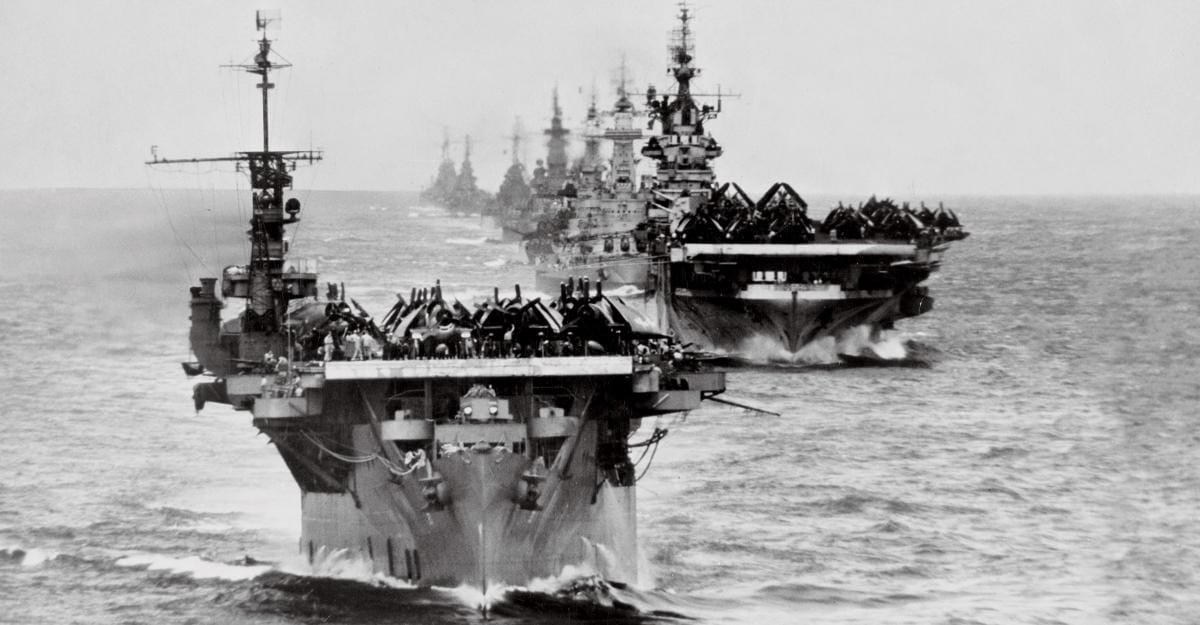Independence-class Light Carrier: The Forgotten Class

Now the Independence-class came at a time when the U.S. Navy was in trouble. With war on the horizon, the U.S. Navy knew they needed more Aircraft Carriers to match the Japanese Imperial Navy. At that time, Japan had the largest carrier fleet in the world.
The U.S. already had the Essex-class under development during this time, but there was a fear that the first units would not be ready until 1944. To counter this, the Navy looked into the idea of converting a number of cruiser hulls into “light” aircraft carriers as a means to fill in the gap until the Essex-class was in full production. Specifically, the “Cleveland-class” light cruisers, which were already under construction and would end up being the backbone of the Navy’s cruiser force.
The Unlikely Conversion
Initially, the Navy didn’t like this idea as the hulls were deemed not suitable for such a conversion to be effective. But after the attack on Pearl Harbour, the Navy bit the bullet, and thus, the Independence-class was born.

At a length of only 622 feet and weighing a mere 11,000 tons, the Independence-class was lightweight. They could only carry 33 aircraft (depending) and did not carry the same amount of armor as the Yorktown or Essex-classes. They also had weak anti-air defenses and were painfully slow. But the Independence-class did their job as being stopgaps until the Essex could be deployed, which thankfully happened much sooner than originally thought. Still, they proved to be vital assets during the war and participated in several engagements in the Pacific.
Operational Success and Transfers
In total, 9 vessels were built with one, the USS Princeton, being lost via scuttling after suffering serious damage during the Battle of Leyte Gulf.

Curiously enough, two of these carriers, USS Belleau Wood and the USS Langley, were transferred to the French Navy in the 1950s. While a third ship, USS Cabot, was sold to Spain and was renamed Dédalo.









